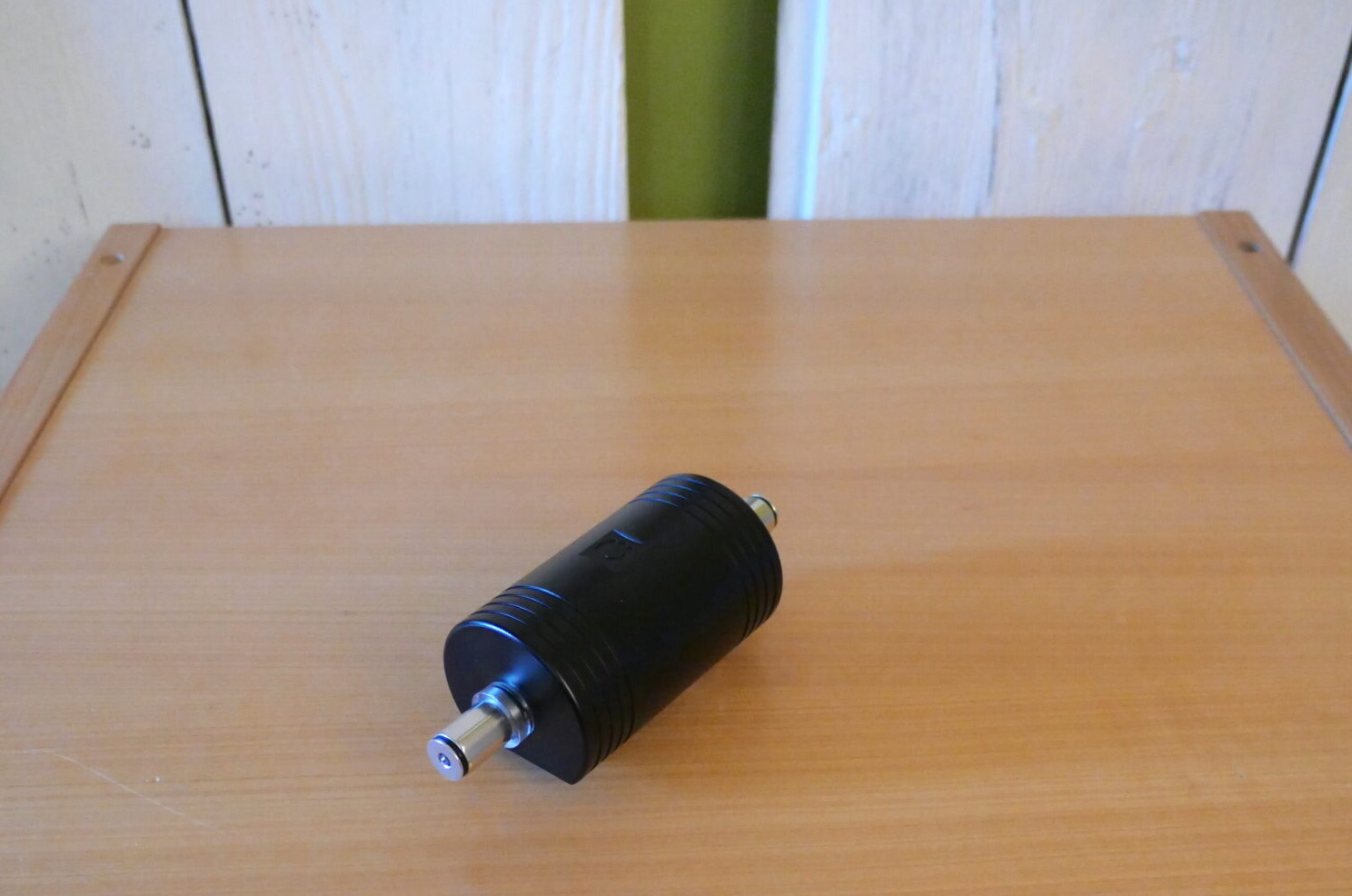But with all this talk of focussed energy, don’t go getting the idea that the life the PhonoARAY injects into the replay chain is akin to applying the de-fib paddles to a flatlining performance. It’s about the right amount of musical energy, at the right time and in the right place. That brings nuance and grace to playing, as well as attack and intent. Harmonic layers and subtleties are both more integrated and more apparent. Let the album run on to track two, ‘What We Had’, and you’ll appreciate just how much the PhonoARAY brings to the reproduction. The song opens with – and the lion’s share is sung – falsetto by Rawlings, yet with his voice raised to the same pitch as Welch, this is far from obvious on many systems. But with the PhonoARAY in play, the identity of the singer is never in doubt, the harmonic character and texture quite distinct. When Welch sings harmony, the results are as beautiful as they are clearly defined, the two voices blending yet perfectly separate. It’s a moment: the sort of moment that makes live performances so affecting – yet here you are, getting it from a record!

If someone did this comparison and then told you that the ‘upgraded’ option used a cartridge that was more than double the price of the original replay, you’d be impressed. The more so because the nature of the difference goes beyond the sort of improvements that a cartridge swap would normally produce. There’s a fundamental shift in the presentation to a more lifelike, more convincing and more communicative quality. Voices and singers breathe more believably, acoustic instruments have a vibrant presence and signature. It’s all a trick of course: stereo is just a trick. This one is founded in revealing not only more detail but also the pattern of that detail, turning discrete parcels and fragments of raw musical energy into actual information. In this case it is a particularly neat trick and one, thanks to the PhonoARAY, that anyone can pull off…
Shifting the PhonoARAY to a different ‘table and system context, the results are if anything more impressive. Running between the GPA Monaco turntable, Kuzma 4Point14 tonearm, Fuuga cartridge and the CH Precision P1/X1, feeding L10 and a pair of M1.1s bi-amping Stenheim A5-SX loudspeakers, the improvements in focus and dynamic precision were obvious – but not as obvious as the increased sense of temporal security, measured pacing and that all-important spacing between notes. The music in question was the Víkingur Ólafsson Debussy-Rameau (DGG 483 8283), with its contrasting poised restraint and fluid, tumbling phrases. With the Phono ARAY in use, the articulation of the playing – slow and fast – was dramatically more fluid, Ólafsson sounding both more relaxed and more accomplished, but above all, far more expressive. Interestingly, the difference in tone and style between Ólafsson and Steven Osborne on the Recent Hyperion, Debussy disc (Images I and II, Estampes and Children’s Corner – Hyperion LPA68161) is rendered far more clearly with the PhonoARAY in play, Osborne’s continuity, weight and attack in sharp contrast to Ólafsson’s more reflective approach and layered sound.

